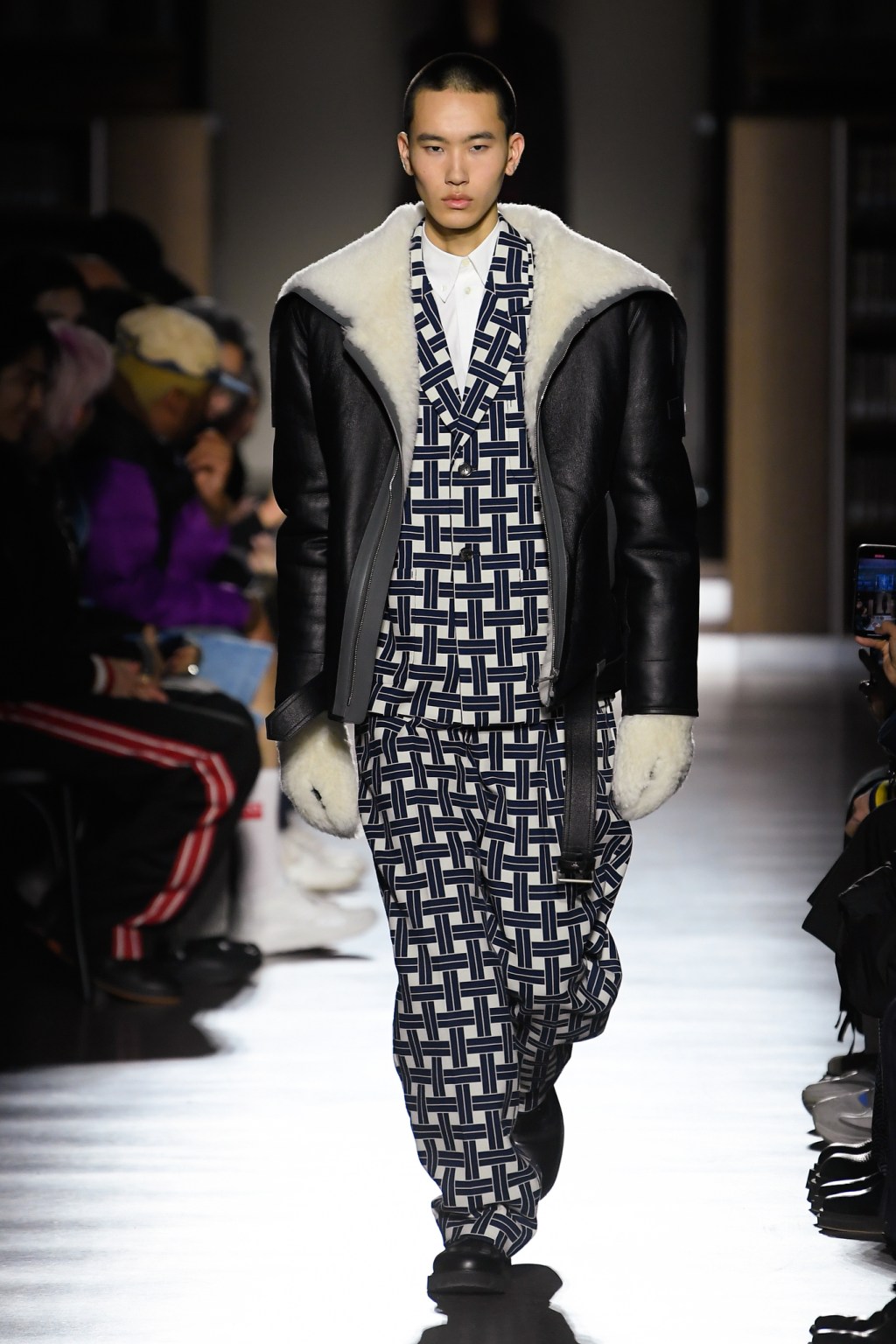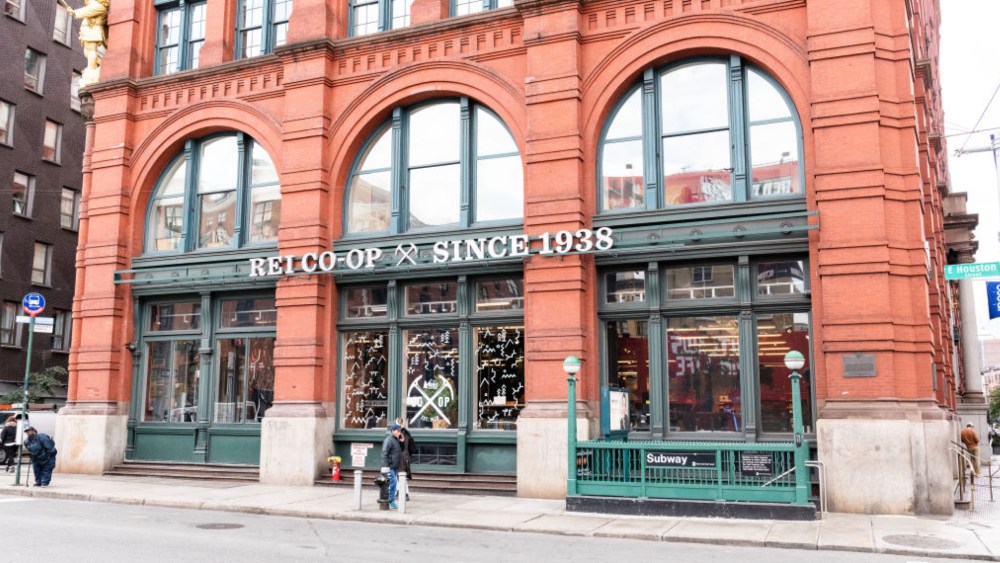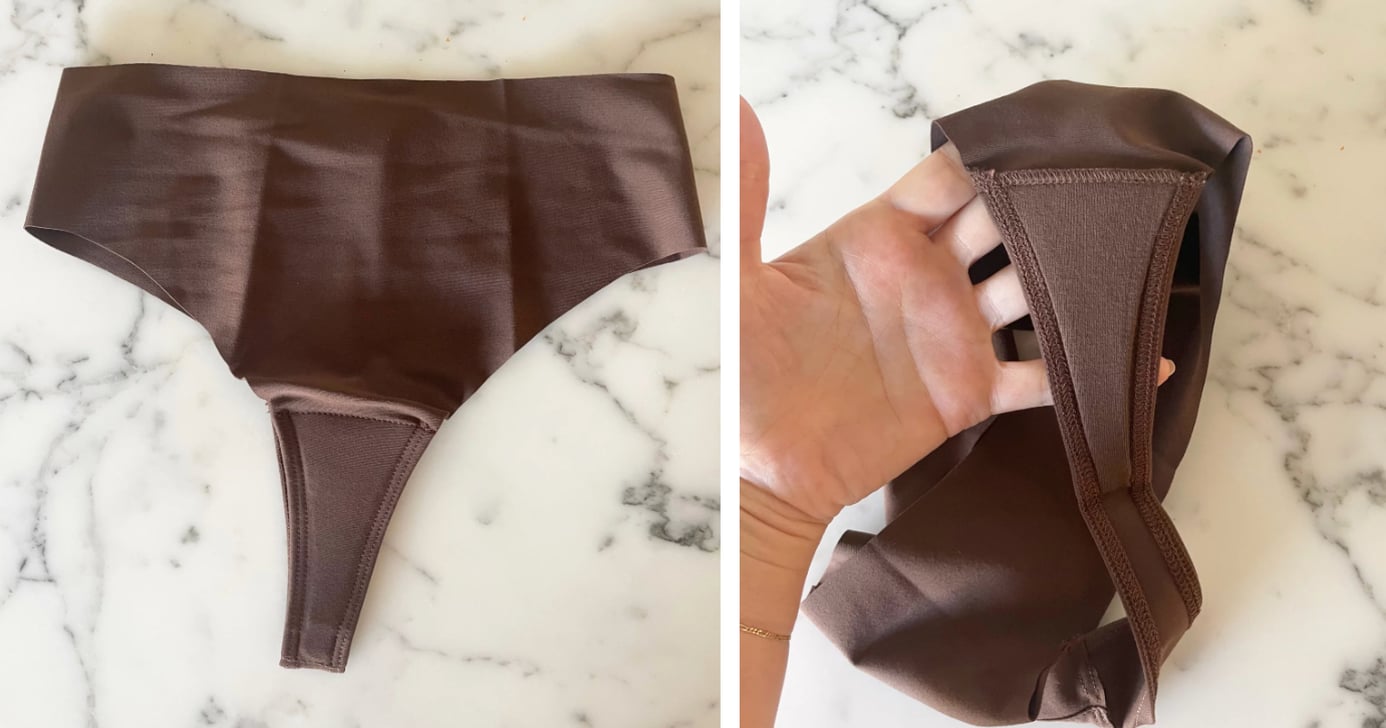What does George Lucas’ “Star Wars” have to do with Nigo’s Kenzo?
During a preview at Kenzo’s showroom on the Rue Vivienne earlier this week, the Japanese designer lauded how Lucas and his costume designers took inspiration from kimonos, samurai armor and other Japanese elements, but so effectively blurred the references they didn’t telegraph any particular national dress.
Approaching his fifth collection as creative director of Kenzo, Nigo said he’s easing up on direct references to the archives of Kenzo Takada and instead plucking particular techniques, details and methodologies from the late founder, while continuing to explore bridges between Tokyo and Paris.
For example, he abstracted square kimono sleeves with a jutting fold at the rear of the sleeve head, while he obscured the woven pattern of tatami mats to create a graphic check somewhere between windowpane and madras for tailoring wools and tweeds. A third example would be transposing a typical karakusa print found on furoshiki — traditional Japanese wrapping cloths — onto a jacquard for a sheath dress, as an embroidery on jeans, or for a funky crossbody bag.
His coed show, staged at the grandiose Bibliothèque Nationale de France on Rue Vivienne near Kenzo headquarters, lacked the energy of previous outings. In his quest to bring a more a grown-up, Parisian sophistication to Kenzo’s womenswear in particular, he may have forsaken some of the youthful zest associated with the name.
Still, there were many eye-catching pieces: handsome, boxy shearling jackets and roomy, robe-like coats for him in bleached denim or crinkled cotton and, for her, rib-knit minidresses with skirts padded out like mushroom caps, and long, form-fitting cardigan dresses, which are becoming a Nigo signature.
Variations on flak vests, silvery catsuits, jedi robes and fuzzy gloves added a sci-fi sheen, but blurred in that Lucas way. Apart from the odd tiger brooch and one varsity jacket, Nigo eased up on obvious branding, and dialed up the sophistication.
The designer has frequently made references to school uniforms at Kenzo, and the collarless trouser suits with brass buttons were inspired by the one Nigo wore during his grade-school days in Japan. He noted that all the students would do their darndest to express themselves via sometimes invisible customizations, on the backside of buttons for example.
Not Nigo. He said he left his uniform exactly as it was given to him, deducing that that was the most non-conformist thing he could do.



